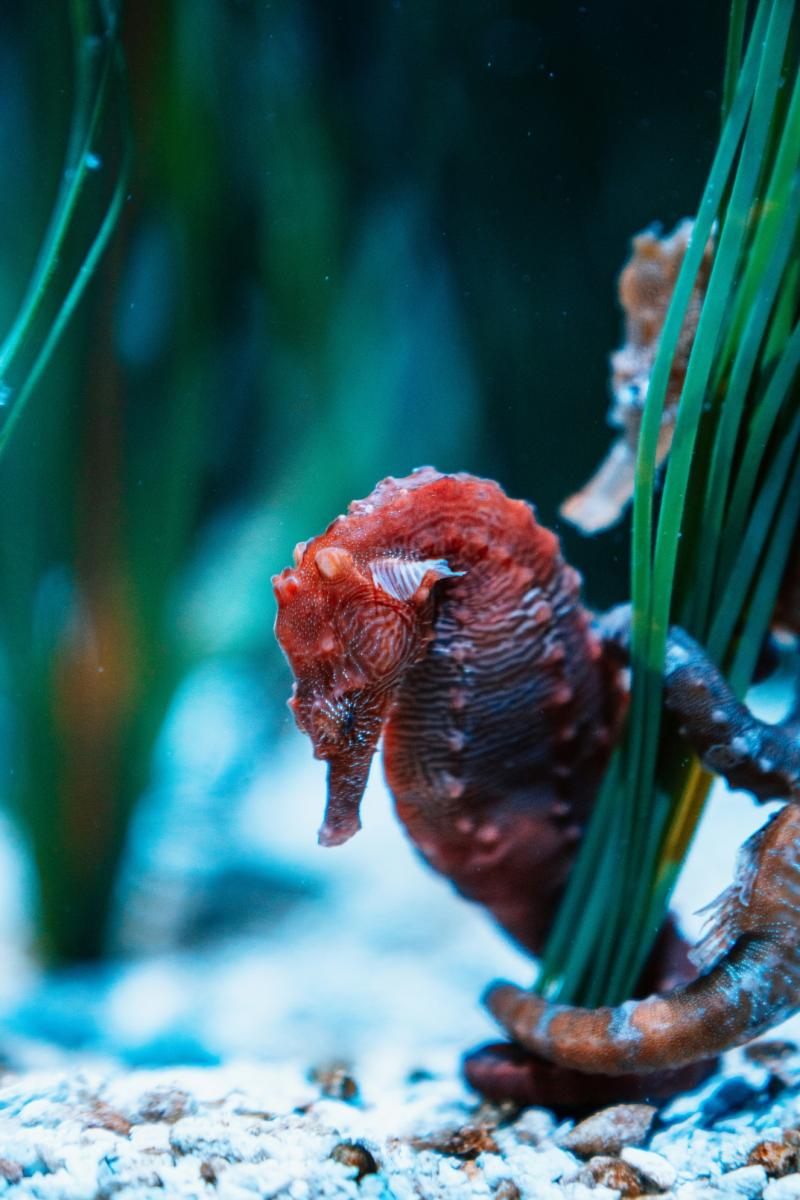Researchers warn: human activities are causing seagrass beds destruction

Human actions are destroying seagrass beds all over the world. This is the warning given by Gonçalo Silva, a researcher at the Marine and Environmental Sciences Centre (MARE-ISPA), together with experts Ester Serrão from the University of the Algarve and Valentina Muñoz from the NGO Sciaena.
Activities that lead to the removal of natural vegetation cover, such as land clearing, expose these areas to erosion. This promotes the deposition of particles on the seagrass beds, increasing the turbidity of the water and reducing the sunlight needed for seagrass photosynthesis. In Portugal, seagrasses are found mainly in estuaries, estuaries and lagoons, where the water is salty and shallow.
In an interview with the Lusa news agency, Gonçalo Silva mentioned the importance of these environments for flagship species (species chosen to represent environmental causes) such as the seahorse, which use these habitats as a refuge, food source and breeding ground. The researcher explains that marine prairies are environments with low hydrodynamics, which allows seahorses to hide from predators. In addition, these places have a high amount of food, making them "a favourable habitat for reproduction".
According to UN data, seagrasses have been disappearing since the 1930s, with around 7% of these habitats being lost every year. According to the experts, the creation of marine protected areas is not enough to prevent the destruction of these ecosystems since "many of the actions that destroy the prairies come mainly from the management of terrestrial habitats".
Read the full article in the Público newspaper [in Portuguese].
